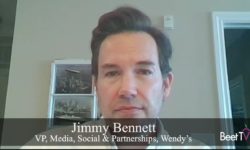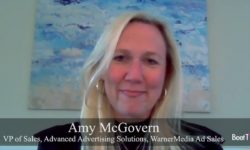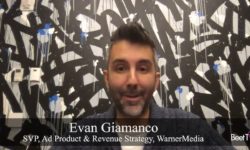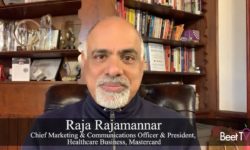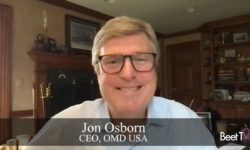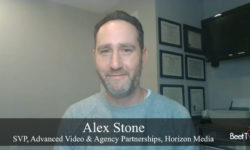Households that have hooked up their TVs directly to the internet not only have more programming choices, but they also have more control over the viewing experience. As they stream their favorite content on demand, marketers can develop new strategies to reach audiences whose viewing isn’t limited to day parts.
“Media owners today aren’t confined to the 24-hour programming grid that exists in traditional linear,” Ryan Gould, head of digital ad sales at WarnerMedia, said in this interview with Beet.TV. “We can program more content today than ever before and reach new audiences.”
Its research has found that HBO Max, the streaming service WarnerMedia launched in the United States almost two years ago, skews female, multicultural and younger than its traditional formats. As an intellectual property, content drives viewership more than the time of day.
“At WarnerMedia, we move the world through story and we have a saying internally and externally that we believe that IP is the new prime time,” Gould said. “There’s certainly an opportunity for brands to ride the wave of the cultural relevance that media owners provide through unique storytelling.”
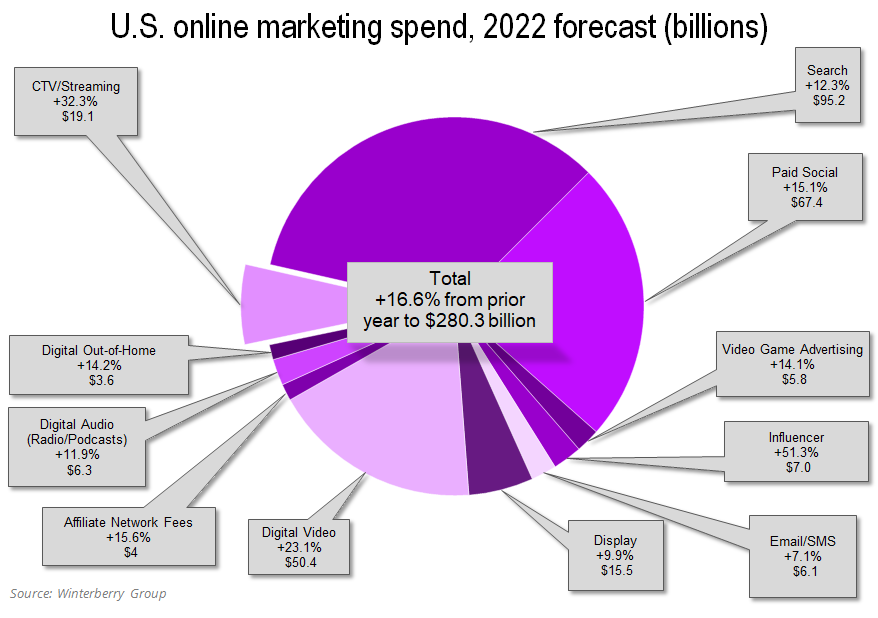
WarnerMedia launched a brand studio called House of Max to help marketers find ways to integrate their messaging with content. Advertisers also have more tools like dynamic ad insertion to reach target audiences and avoid getting lost in ad clutter.
“Technology is key to premium user experiences, and with HBO Max and streaming in general, we have the opportunity to own that entire ecosystem,” Gould said. “On HBO Max, we alter our ad experience based on consumption patterns and data that we have to ensure that we’re sending the right messages in the right context.”
With many viewers looking at their mobile phones while they watch television, there are more opportunities for interaction that brings consumers deeper into the purchase funnel. Commercials can show QR codes for viewers to scan with their smartphone cameras to get more information about a brand or to make a direct purchase, as one example.
“With technology, you can engage audiences and you can really interact with them instead of sending messages directly to them,” Gould said.
Looking ahead, more advertisers will shift a bigger part of their media budgets into streaming channels that have commercial breaks or ad pods.
“We understand that not all impressions in connected TV are created equal,” Gould said. “One thing that I hope to see this year is a little bit more scrutiny as those dollars move over, and more partnership in making sure that they’re hitting premium environments and the right audiences in the right way.”
You are watching “Engaging Stories, Impactful Innovation,” a Beet.TV Leadership Video Series presented by WarnerMedia. To view more videos from this series, please visit this page.







